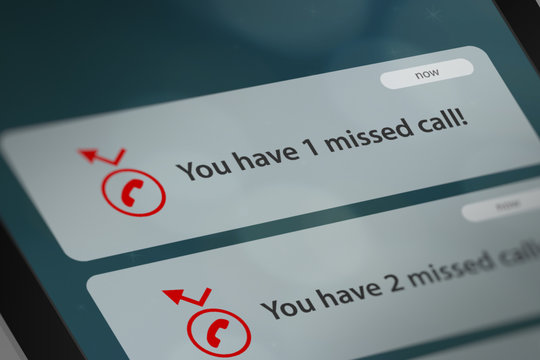Tolerance to ambiguity, in my opinion, is a ‘must-have’ trait for a consultant, because, events that occur outside the realm of control alter the outcome of the ‘client-consultant’ engagement. Such unanticipated events lead to reactions from clients, who reflexively enter zones of self-blame, self-doubt and self-deprecation about themselves while silently replacing rational thinking with a feeling of being devalued and disappointed.
My team and I recently experienced narcissism firsthand in a client organization. While we were cognitively aware that organizations which approve behaviours demonstrating the need for excessive attention, lack of empathy and an entitled sense of self without calling them out as inappropriate, foster dysfunctional cultures, we weren’t prepared for the aftermath of our engagement with the client.
For 18 months, my team and I were intensely involved in the diagnosis, design and delivery of multiple behavioural interventions aimed to transform the culture in the workplace of our client. But during the course of implementing numerous initiatives (in accordance with mutually agreed outcomes), we received mixed waves of support ranging from willing to choppy to vicious. While we were blindly optimistic about variations in reciprocity, the chills of silence grew sharper sooner than we expected.
Unaware that we were entrapped by the Pygmalion Effect initially, we kept pushing ourselves to do more, to find newer ways to overcome each of our initiatives, because we didn’t want to appear insufficient to our client. But nothing worked. In fact, the more we tried to surprise the client with our smartness, the harsher the pushback. Finally, our cheeriness dwindled when we became mindful of polarities in the client ecosystem.
While on one end the biggest change advocate, the CEO consistently vocalized the need for his employees to embrace new behaviours, the teams involved in the execution on the other end, were gaslighting. Relentless appeals and ignited nudges from our end led to nothing. By the time my team and I noticed the difference, our relationship with the client had gone south - it was too late.
No matter, how knowledgeable consultants are, facing clients that gaslight us is tough. In our case it hit us hard; we were thrown under the bus. Shocked by the client’s decision, our primal need to fight was amplified. We reached out to the CEO and willingly participated in the ‘us Vs them’ blame game. Vexed with our unending feud, the CEO took a call to support his people and ousted us - ‘the consultants’. All they did was, stonewall us and leave us be to our speculation.
The learning was hard, many hours of productivity were drained into futility and we were in a freeze. Weeks later, when our collective spirits were less angry with the client, we humbly inquired amongst ourselves. We realized that we had fallen in love with our creativity and design so much so that we had become determined to make it work. Perhaps because we were seeking validation of our self-worth and one-upmanship through the success of culture transformation within the client organization.
Unconsciously, we had transgressed boundaries inside the client organization and titrated their needs to suit our goals of accomplishment. Had we not been arrogant about our expertise and exhibited better emotional intelligence, we perhaps could have retained the client and not been blindsided by the covert manipulations of people who resisted change.
In hindsight, based on the phenotype of our client organization, we could have optimized our actions to minimize the resistances by targeting our interactions to address the needs of the smaller homogenous groups. We could have had a better impact if our choice of personalization mitigated specific barriers set against the desired outcomes and our delivery of personalization challenged collective assumptions nurtured by people who were in retrospect seeking psychological safety from the downside of change.









